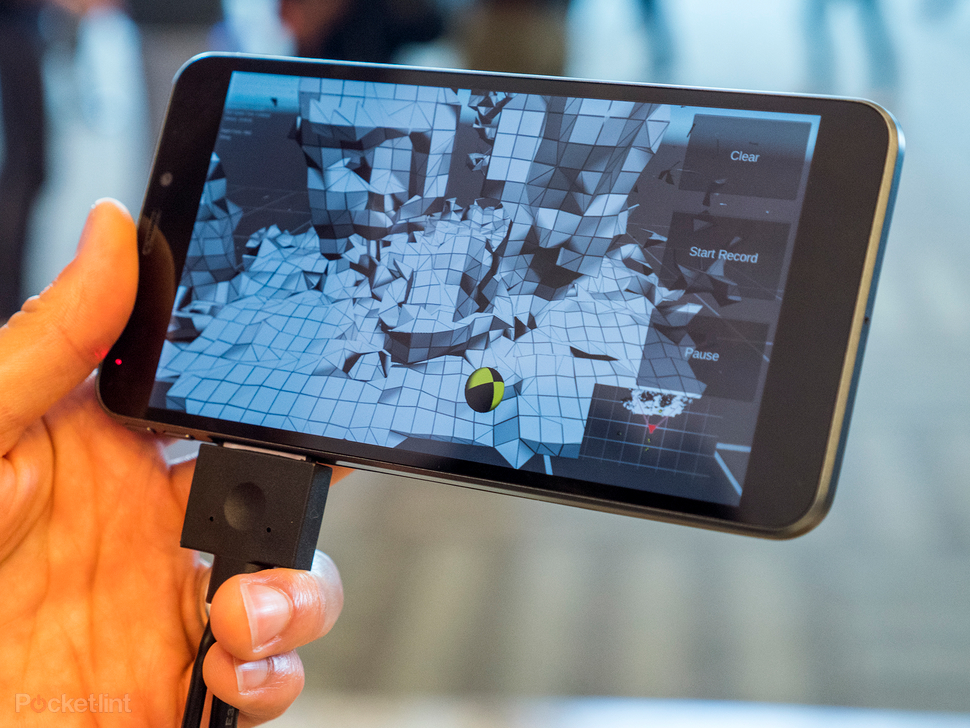-
Tips for becoming a good boxer - November 6, 2020
-
7 expert tips for making your hens night a memorable one - November 6, 2020
-
5 reasons to host your Christmas party on a cruise boat - November 6, 2020
-
What to do when you’re charged with a crime - November 6, 2020
-
Should you get one or multiple dogs? Here’s all you need to know - November 3, 2020
-
A Guide: How to Build Your Very Own Magic Mirror - February 14, 2019
-
Our Top Inspirational Baseball Stars - November 24, 2018
-
Five Tech Tools That Will Help You Turn Your Blog into a Business - November 24, 2018
-
How to Indulge on Vacation without Expanding Your Waist - November 9, 2018
-
5 Strategies for Businesses to Appeal to Today’s Increasingly Mobile-Crazed Customers - November 9, 2018
Intel and Google’s Project Tango team up to bring RealSense to smartphones
The latter was demonstrated by Intel at its developer forum (IDF) where it showed a racing game that used RealSense to see which why the driver was facing and moved the image correspondingly. The technology makes it possible to create instant 3D maps. Thanks to technologies like Intel Smart Sound, Cortana will wake up even if the PC is powered down and RealSense’s ability to bring the power of human sight to a computing device will mean that the Relay Robot from Savioke will be able to find its way around a hotel alleyway without bumping into guests.
Advertisement
New processors don’t really generate the excitement they once did, but processors based on Intel’s new Skylake architecture are still going to ship in tens of millions of computers before the end of the year.
At their developer’s conference, Intel unveiled a reference design for a 3D camera smartphone – and their collaboration with Project Tango.
“We’re incredibly excited to work with Intel and OSVR on advancing the development of virtual reality with Intel RealSense Technology”, says Yuval Boger, CEO of Sensics. The Intel RealSense Smartphone developer kit featuring Google’s Project Tango enables new experiences, including indoor navigation and area learning, virtual reality, 3-D scanning, and more.
The newly introduced Intel Optane technology is based on 3D XPoint non-volatile memory media.
Underlining the difficulties the PC market has faced, computer shipments fell 9.5 percent in the second quarter, hurt by restrained corporate technology spending and the strength of the dollar, according to market researcher Gartner Inc.
Intel has highlighted new products, tools and programs to support personalization of computing and described the trends creating new opportunities for developers.
Advertisement
Intel’s Enhanced Privacy Identification (EPID) technology will be implemented by leading IoT sensor and microcontroller vendors including Atmel and Microchip to help secure an increasingly smart and connected world.





























